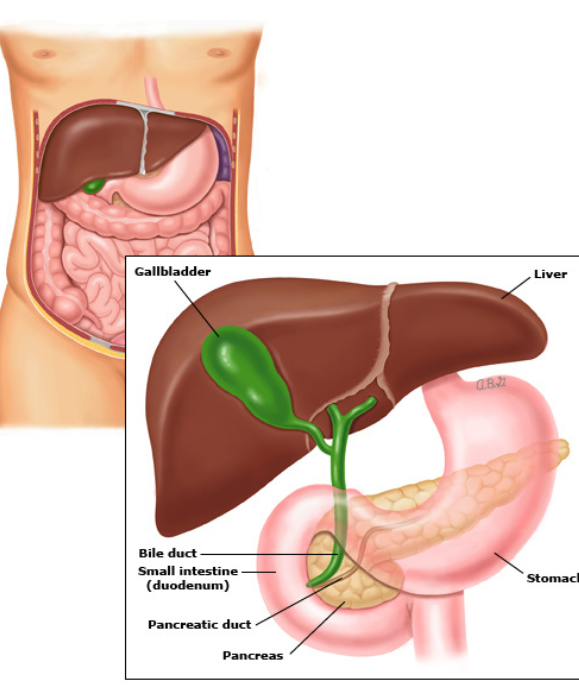Gall Bladder Stones
Home - Gall Bladder Stones

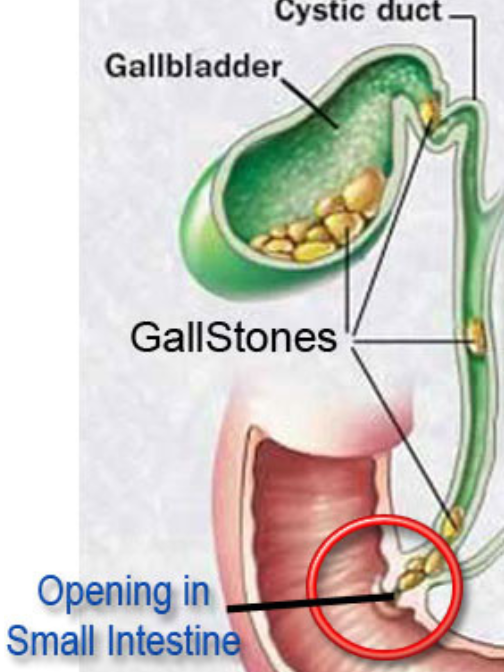
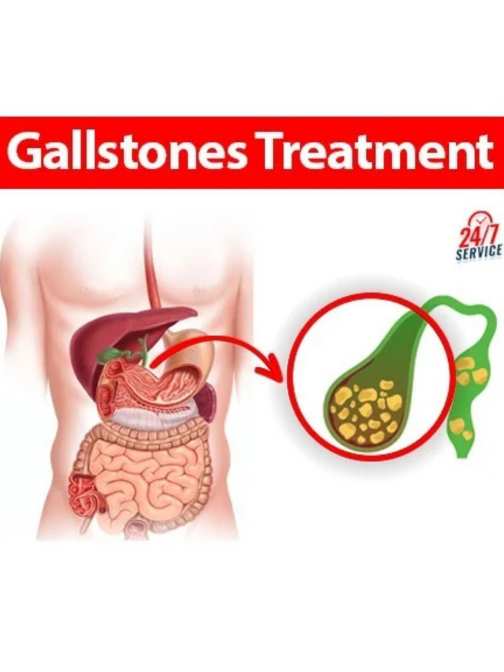
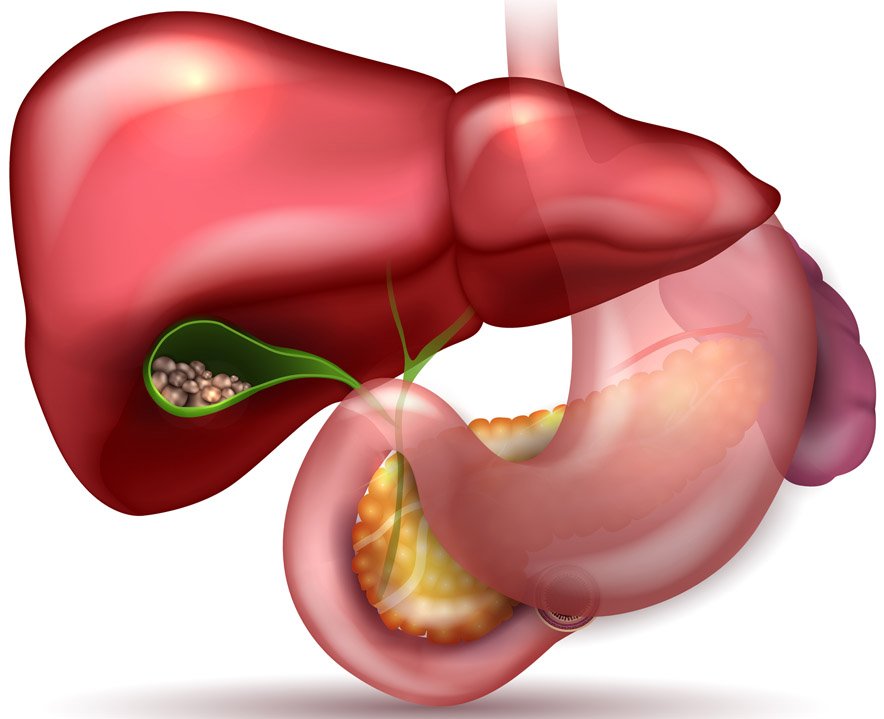
Dr.Rahulgastroliver
Gallstones? It’s Time to Clear the Path to Health
Gall bladder stones, also known as gallstones, are hardened deposits that form in the gallbladder, a small organ located beneath the liver.
Cholesterol Gallstones
These are the most common type, formed when there is too much cholesterol in the bile, leading to crystallization.
Pigment Gallstones
These are smaller and darker and form when there is excess bilirubin, a substance produced during the breakdown of red blood cells
Surgical removal of the gallbladder
(cholecystectomy), which is the most common treatment for symptomatic gallstones.
Non-surgical procedures
such as shockwave therapy to break up the stones, though this is not as commonly used.
What Is Gall Bladder Stones?
Gall bladder stones, also known as gallstones, are hardened deposits that form in the gallbladder, a small organ located beneath the liver. These stones can range in size from tiny grains to large, golf ball-sized formations. Gallstones typically develop when there is an imbalance in the substances that make up bile, a digestive fluid produced by the liver.
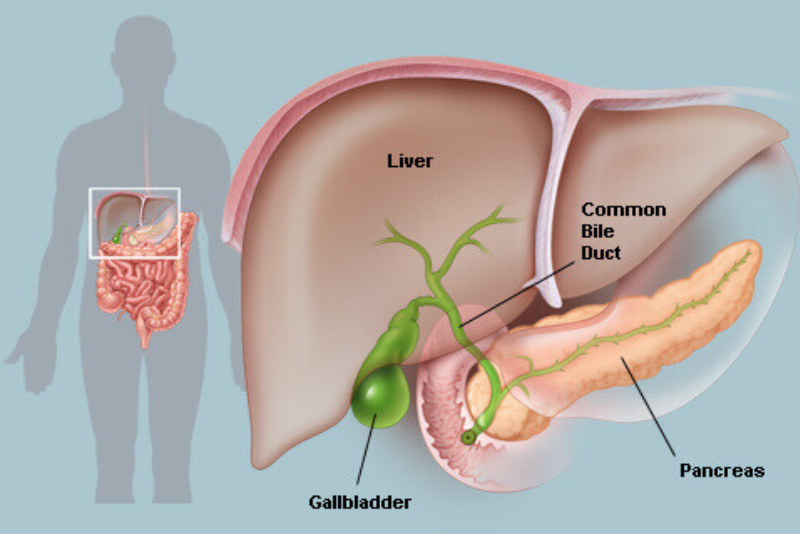
Why Choose Us
Our Don’t Let Gallstones Hold You Back – Take Control!?
Gallstones typically develop when there is an imbalance in the substances that make up bile, a digestive fluid produced by the liver.
Expert Care & Experience
Our team consists of highly experienced specialists in the treatment and management of gallstones. With years of expertise, we are dedicated to providing the best care possible for your unique needs.
Comprehensive Treatment Options
Whether it's non-invasive methods, medication, or surgical options, we offer a full range of treatments tailored to your specific case.
State-of-the-Art Technology
We use the latest diagnostic tools and treatment technologies to provide precise, effective, and less invasive treatments.
Personalized Patient Care
We understand that each patient is unique. Our approach is patient-centered, ensuring that you receive a treatment plan designed specifically for you, considering your health history and lifestyle.
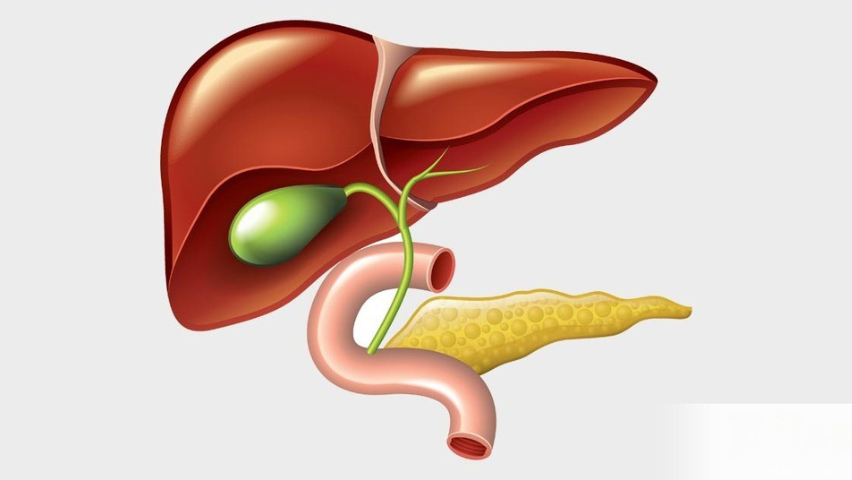
ENDOSCOPY PROCESS
Free Yourself from Gallstones, Feel Better Today
Gall bladder stones, also known as gallstones, are hardened deposits that form in the gallbladder, a small organ located beneath the liver.
ENDOSCOPY
Most Popular Services and Pro Team Skills
This procedure helps diagnose, monitor, and sometimes treat conditions affecting areas like the digestive tract, respiratory system, or urinary tract. It’s often used to investigate symptoms such as pain, bleeding, or abnormal test results.
Our Trackrecords
Of on affixed civilly moments promise explain fertile in. Assurance advantage belonging happiness departure so of. Now improving and one sincerity intention allowance commanded not. Oh an am frankness be necessary earnestly advantage.
Frequently Asked Questions
Endoscopy is commonly performed to investigate symptoms such as abdominal pain, difficulty swallowing, gastrointestinal bleeding, or changes in bowel habits. In many cases, small treatments—like removing polyps, stopping bleeding, or taking tissue samples (biopsies)—can be done during the same procedure.
Gallstones are small, hardened deposits that form inside the gallbladder, a small organ located beneath the liver. They can vary in size from a grain of sand to a golf ball. Gallstones are typically made of cholesterol or bilirubin.
Gallstones can form when there’s an imbalance in the substances that make up bile, such as cholesterol or bilirubin. Factors contributing to their formation include
High cholesterol levels
Obesity
Poor diet (high in fats)
Diabetes
Family history of gallstones
Pregnancy
Certain medical conditions (e.g., cirrhosis, Crohn’s disease)
Many people with gallstones don’t experience any symptoms. However, when they cause a blockage, the following symptoms may occur:
- Sudden, intense pain in the upper right abdomen (often after eating a fatty meal)
- Nausea or vomiting
- Indigestion
- Jaundice (yellowing of the skin or eyes)
- Fever and chills (if infection occurs)
Doctors may use a variety of tests to diagnose gallstones, including:
Ultrasound: A non-invasive imaging test that uses sound waves to detect stones in the gallbladder.
CT scan or MRI: These imaging techniques can also identify gallstones.
Blood tests: To check for signs of infection or inflammation.
Endoscopic retrograde cholangiopancreatography (ERCP): This procedure is sometimes used to remove stones or investigate blockages.
In some cases, gallstones can be managed without surgery, depending on their size and whether they’re causing symptoms. Options include:
Medication: Drugs like ursodeoxycholic acid can be used to dissolve certain types of gallstones (though this takes time and may not be effective for everyone).
Lithotripsy: This procedure uses shock waves to break up the stones (rarely used for gallstones).

